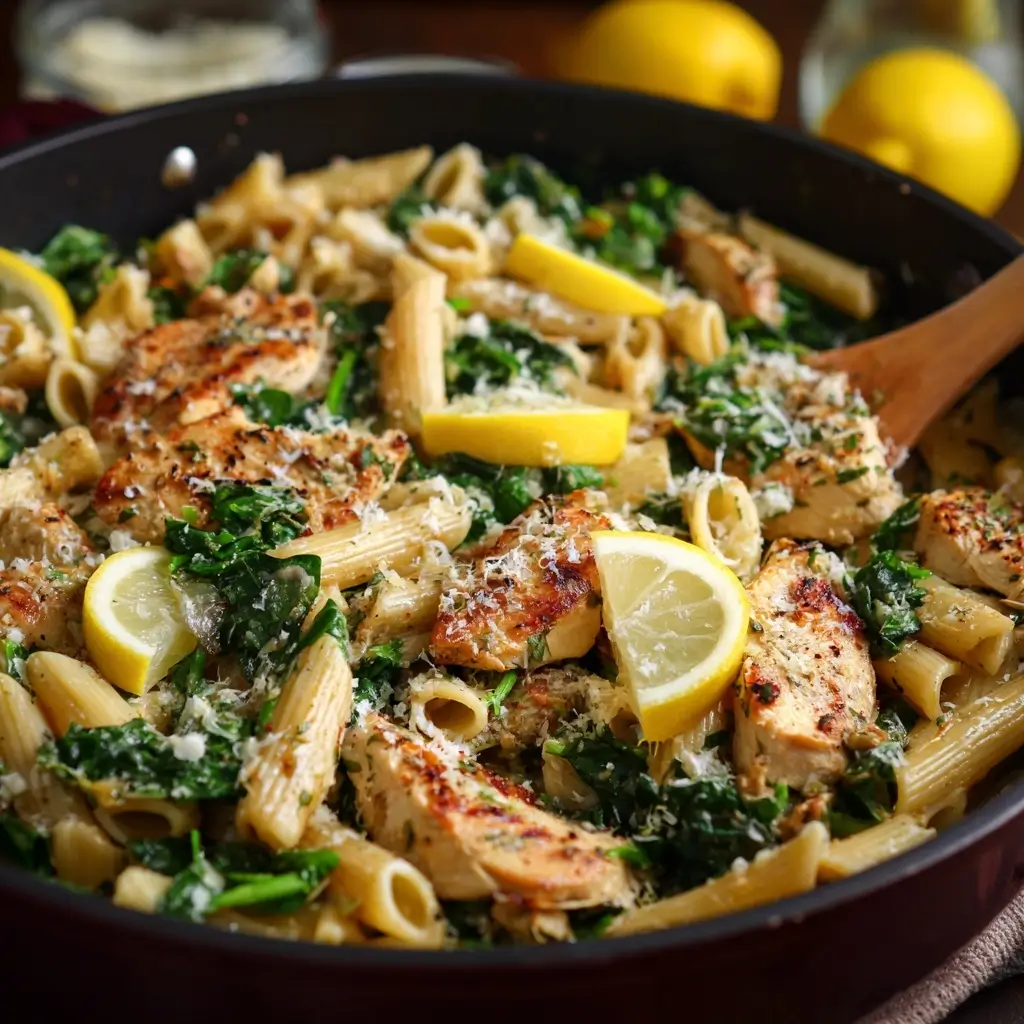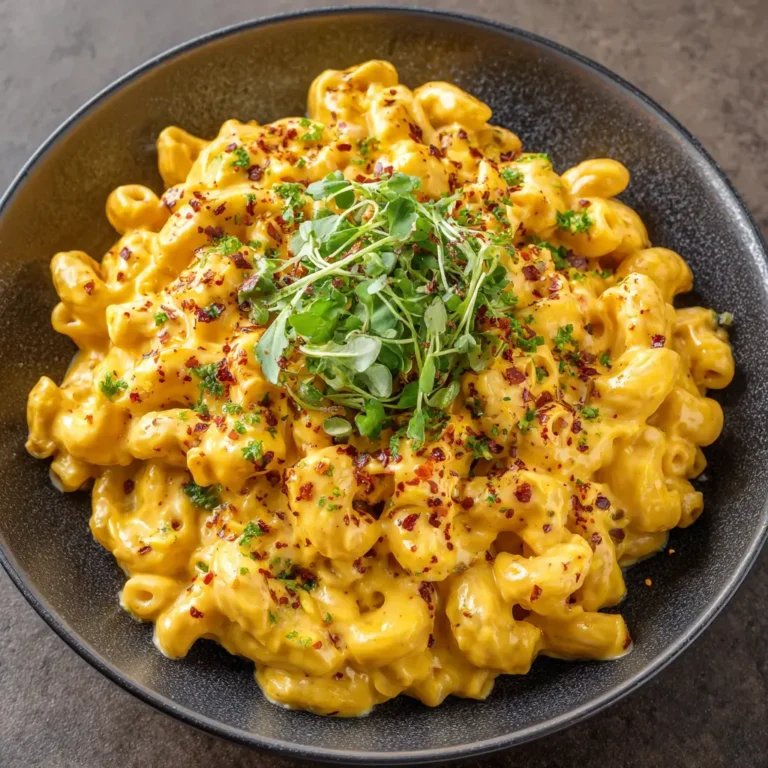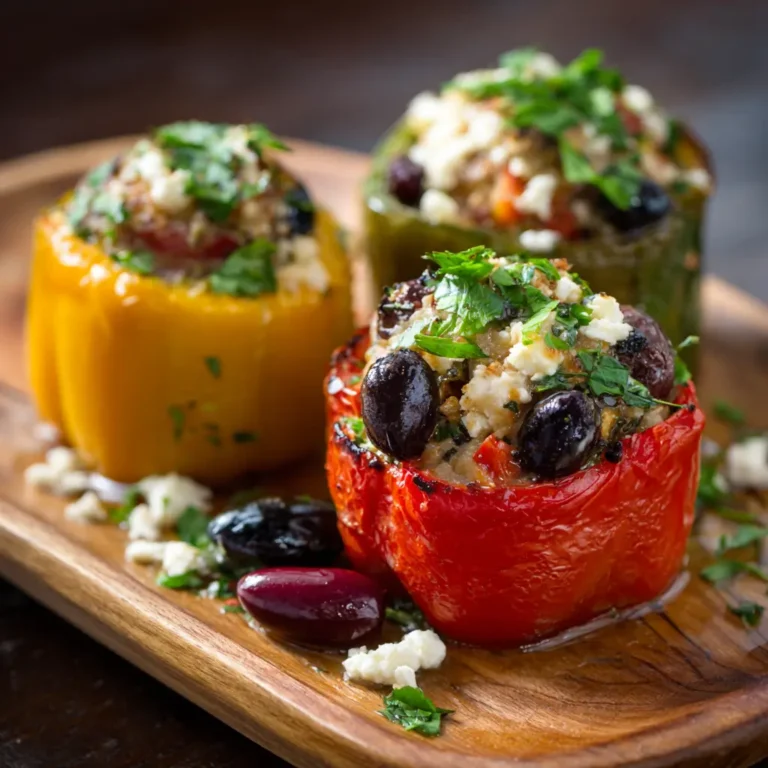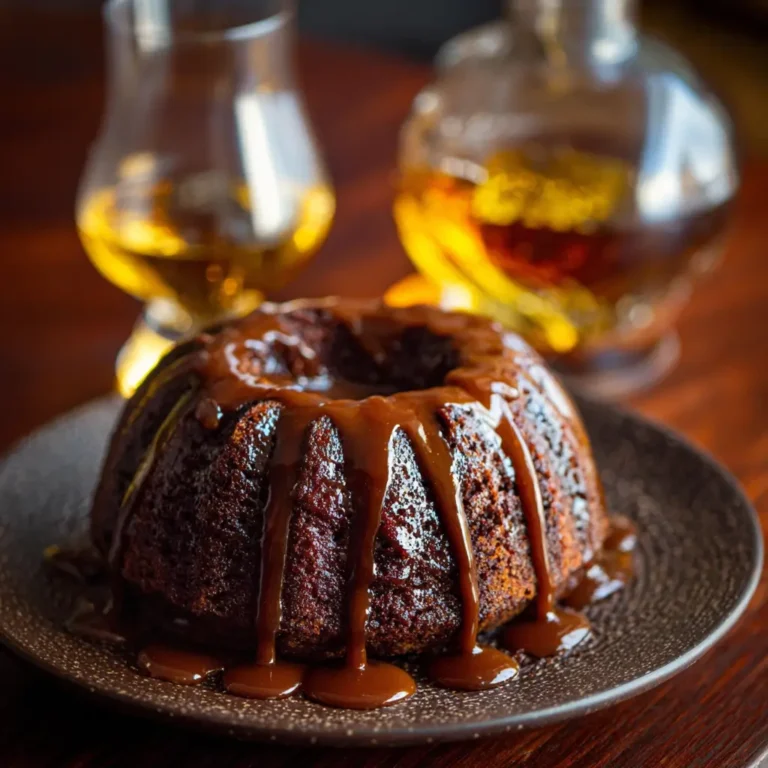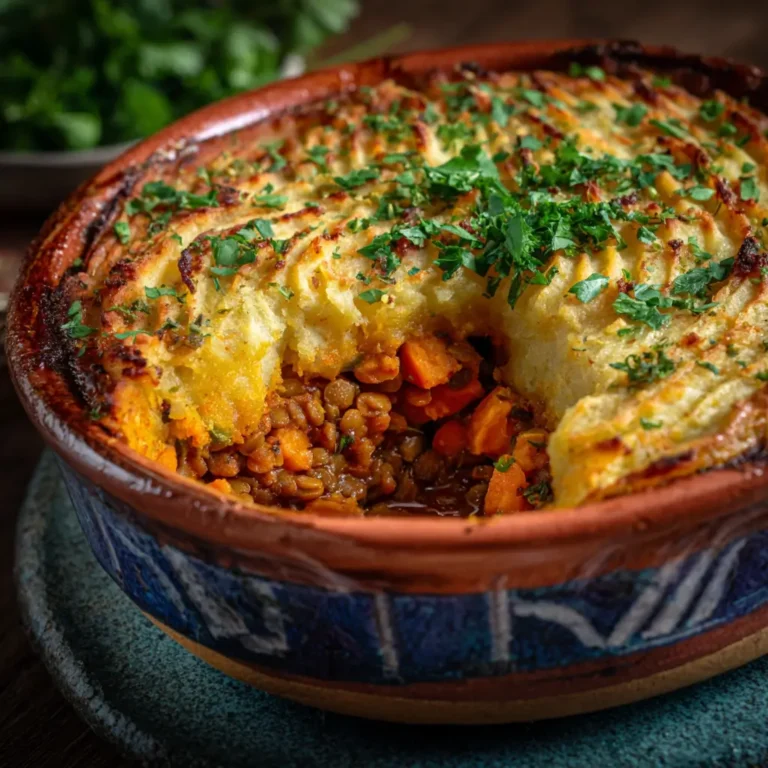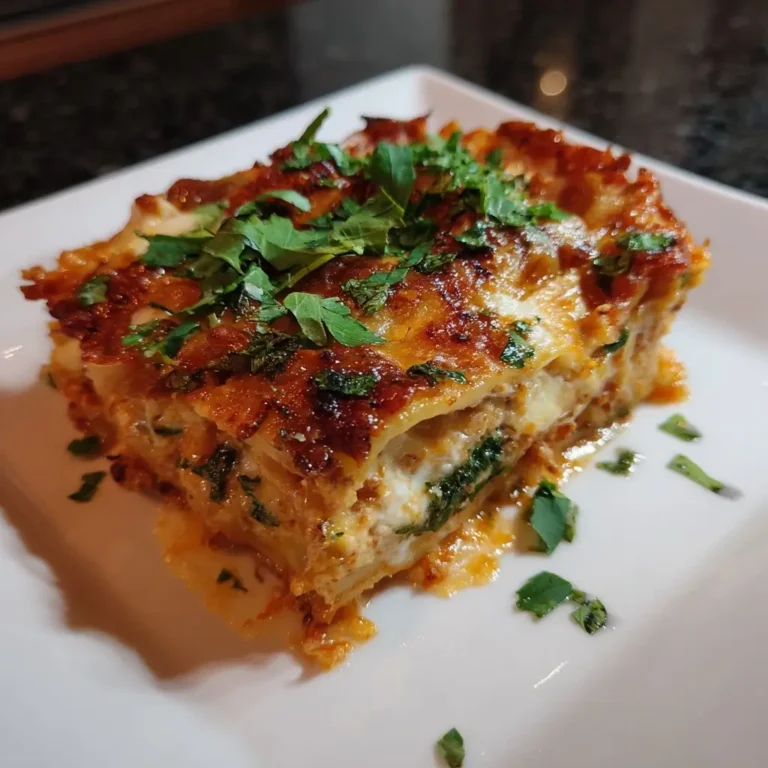Chicken & Spinach Skillet Pasta with Lemon & Parmesan
Chicken & Spinach Skillet Pasta with Lemon & Parmesan
A vibrant, one-pan wonder that brings together tender chicken, al dente pasta, fresh spinach, and the bright zing of lemon, all tied together with creamy Parmesan—this Chicken & Spinach Skillet Pasta with Lemon & Parmesan is a weeknight dinner hero. Quick to prepare, rich in flavor, and endlessly satisfying, this dish combines comfort and freshness in every bite. Whether you’re cooking for your family or hosting a casual dinner party, this skillet recipe delivers restaurant-quality results without the fuss. Let’s dive into everything you need to know about this modern classic.
The History
While pasta dishes have been a staple of Italian cuisine for centuries, the concept of a “skillet pasta” is a relatively modern innovation, born from the American love of one-pot meals and efficient cooking methods. The idea gained popularity in the late 20th century as home cooks sought faster, cleaner ways to prepare hearty meals. Dishes combining protein, vegetables, and pasta in a single pan began appearing in cookbooks and food magazines, often inspired by rustic Italian preparations but adapted for convenience.
The addition of lemon and Parmesan to chicken and spinach pasta reflects the growing appreciation for bright, acidic notes in savory dishes—a trend influenced by Mediterranean and Southern European culinary traditions. Chefs and home cooks alike discovered that a squeeze of lemon could elevate creamy, cheesy pastas by cutting through richness and enhancing other flavors. Parmesan, with its nutty depth, adds umami and texture, making it a natural companion to both chicken and greens. Over time, recipes like this one became go-to favorites for their balance of nutrition, speed, and taste—perfect for the modern kitchen where time and flavor are equally valued.
Ingredients Breakdown
Each ingredient in this recipe plays a vital role in creating a harmonious, flavorful dish. Here’s a detailed look at what goes into the skillet and why:
- Chicken Breast: Lean and high in protein, boneless, skinless chicken breasts provide a neutral base that absorbs the flavors of the sauce beautifully. They’re sliced thin for quick cooking and tenderness.
- Spaghetti (or pasta of choice): Traditional long pasta like spaghetti works well, but penne, fettuccine, or even gluten-free alternatives can be used. The starch released during cooking helps thicken the sauce.
- Fresh Spinach: Packed with iron, fiber, and antioxidants, baby spinach wilts quickly into the sauce, adding color, nutrients, and a mild earthy flavor.
- Lemon: The star of brightness! Fresh lemon juice adds acidity that balances the richness of the cheese, while lemon zest infuses the dish with aromatic citrus oils.
- Parmesan Cheese: Aged Parmigiano-Reggiano brings a salty, nutty complexity. It melts into the sauce, creating a creamy texture without heavy cream.
- Garlic: Minced fresh garlic offers a pungent, savory backbone. Sautéed gently to avoid bitterness, it enhances the overall aroma and depth.
- Shallot or Onion: Adds sweetness and subtle sharpness. Shallots are preferred for their milder, more refined flavor compared to yellow onion.
- Chicken Broth: Forms the cooking liquid for the pasta and builds a light yet flavorful sauce. Low-sodium versions allow better control over salt levels.
- Heavy Cream or Half-and-Half: Adds silkiness and body to the sauce. For a lighter version, whole milk or evaporated milk can be substituted.
- Olive Oil and Butter: Olive oil is used for searing the chicken, while butter adds richness and helps emulsify the sauce.
- Red Pepper Flakes (optional): A pinch introduces gentle heat, balancing the lemon and cheese.
- Salt and Black Pepper: Essential seasonings that enhance all components of the dish.
- Fresh Herbs (parsley or basil): Chopped parsley adds freshness and color when sprinkled on top before serving.
Step-by-Step Recipe
- Prep Ingredients: Slice 2 boneless chicken breasts into thin cutlets. Season both sides with salt, black pepper, and a pinch of red pepper flakes. Mince 3 cloves of garlic, finely chop 1 shallot, zest and juice 1 large lemon, grate 1 cup of Parmesan cheese, and measure out 5 oz (about 5 cups) of fresh baby spinach. Have 8 oz of dried spaghetti broken into thirds ready.
- Sear the Chicken: Heat 2 tablespoons of olive oil in a large, deep skillet or Dutch oven over medium-high heat. Once hot, add the chicken in a single layer and cook for 3–4 minutes per side until golden brown and cooked through (internal temperature should reach 165°F). Remove chicken to a plate and cover loosely with foil.
- Sauté Aromatics: In the same skillet, reduce heat to medium. Add 1 tablespoon of butter and the chopped shallot. Sauté for 2–3 minutes until softened and translucent. Add minced garlic and cook for 30 seconds until fragrant, stirring constantly to prevent burning.
- Add Liquids and Pasta: Pour in 2½ cups of low-sodium chicken broth and ½ cup of heavy cream (or half-and-half). Stir in the broken spaghetti, ensuring it’s submerged in the liquid. Bring to a simmer.
- Cook the Pasta: Cover the skillet and let it simmer gently for 9–10 minutes, stirring occasionally to prevent sticking. The pasta should absorb most of the liquid and become al dente. If needed, add a splash more broth or water if the mixture looks dry.
- Incorporate Spinach and Lemon: Stir in the fresh spinach in batches, allowing each handful to wilt before adding more. Once fully wilted, stir in the lemon juice and zest. Taste and adjust seasoning with salt and pepper.
- Add Chicken and Cheese: Return the cooked chicken and any accumulated juices to the skillet. Sprinkle in the grated Parmesan and stir gently until melted and the sauce becomes creamy. If the sauce is too thick, add a few tablespoons of warm broth or water to loosen it.
- Finish and Serve: Remove from heat. Stir in an additional tablespoon of butter for extra gloss (optional). Garnish with chopped fresh parsley or basil, a sprinkle of extra Parmesan, and a final twist of black pepper. Serve immediately while hot.
Tips
- Brown the Chicken Well: Don’t rush the sear—getting a good golden crust enhances flavor through fond development, which enriches the sauce.
- Use Fresh Lemon Juice: Bottled lemon juice lacks brightness and can taste flat. Always use freshly squeezed juice and zest for maximum impact.
- Don’t Overcook the Spinach: Add it at the end so it retains color, texture, and nutrients. Overcooking turns it mushy and dulls the green hue.
- Reserve Pasta Water (if boiling separately): Though this is a no-boil method, if adapting the recipe to boil pasta first, save some starchy water to help bind the sauce.
- Grate Your Own Parmesan: Pre-grated cheese contains anti-caking agents that hinder melting. Freshly grated Parmigiano-Reggiano melts smoothly and tastes superior.
- Simmer Gently: Avoid boiling the broth-cream mixture vigorously after adding dairy to prevent curdling. A steady simmer is ideal.
- Rest Before Serving: Let the skillet sit off heat for 2–3 minutes before serving. This allows the sauce to settle and cling better to the pasta.
- One-Skillet Advantage: Cooking the pasta directly in the sauce infuses it with flavor and reduces cleanup—just make sure your skillet is large enough to accommodate expansion.
Variations and Customizations
This versatile recipe welcomes creativity. Here are some delicious twists:
- Protein Swaps: Replace chicken with grilled shrimp, sautéed mushrooms (for a vegetarian version), or sliced Italian sausage for a heartier flavor.
- Dairy-Free Option: Use coconut cream instead of heavy cream and nutritional yeast or vegan Parmesan to mimic cheesiness.
- Gluten-Free Adaptation: Substitute gluten-free pasta and ensure the chicken broth is certified GF. Adjust cooking time as needed since GF pasta often cooks faster.
- Add Vegetables: Toss in sun-dried tomatoes, artichoke hearts, roasted red peppers, or peas for added color and texture.
- Creamier Texture: Blend in 2–3 tablespoons of mascarpone or cream cheese along with the Parmesan for an ultra-luxurious sauce.
- Herb Variations: Swap parsley for fresh dill, chives, or basil depending on your flavor preference. Thyme also pairs beautifully with lemon and chicken.
- Spice It Up: Increase red pepper flakes or add a dash of hot sauce for more heat. You can also stir in harissa or sriracha for a global twist.
- Lemon Alternatives: Try lime or orange for a different citrus profile—orange works especially well with thyme and sage.
- Pasta Shapes: While spaghetti is classic, short shapes like fusilli, rigatoni, or farfalle hold sauce well and are great for family-style servings.
- Meal Prep Friendly: Double the batch and store in airtight containers. Reheat gently on the stove with a splash of broth to revive the sauce.
Health Considerations and Nutritional Value
This dish strikes a thoughtful balance between indulgence and nourishment. Here’s a breakdown of its health aspects based on a standard serving (1/4 of the recipe using full-fat ingredients):
- Calories: Approximately 550–600 kcal per serving.
- Protein: Around 30–35g, primarily from chicken and Parmesan—excellent for muscle repair and satiety.
- Fat: ~20–25g, with a mix of healthy monounsaturated fats (olive oil) and saturated fats (cream, butter). Using lower-fat dairy reduces this significantly.
- Carbohydrates: ~50–55g, mostly from pasta. Opting for whole grain or legume-based pasta increases fiber and lowers glycemic impact.
- Fiber: 4–6g, thanks to spinach and whole grain options—supports digestion and gut health.
- Vitamins & Minerals: High in vitamin A (spinach), vitamin C (lemon), calcium (Parmesan), iron (greens), and B vitamins (chicken).
Health Tips:
- For a lower-calorie version, substitute heavy cream with Greek yogurt (stirred in off-heat to prevent curdling) or unsweetened almond milk.
- To reduce sodium, use low-sodium broth, limit added salt, and choose a less salty cheese alternative.
- Portion control is key—serve with a side salad to increase volume without excess calories.
- This dish supports balanced blood sugar when paired with fiber-rich sides and eaten mindfully.
- The inclusion of spinach makes it beneficial for eye health (lutein and zeaxanthin) and bone strength (vitamin K).
Ingredients
- 2 boneless, skinless chicken breasts, thinly sliced
- 8 oz dried spaghetti (or preferred pasta)
- 2 tbsp olive oil
- 1 tbsp unsalted butter (plus extra for finishing)
- 1 medium shallot, finely chopped (or ½ small onion)
- 3 garlic cloves, minced
- 2½ cups low-sodium chicken broth
- ½ cup heavy cream or half-and-half
- 1 large lemon – zested and juiced
- 5 oz (about 5 cups) fresh baby spinach
- 1 cup freshly grated Parmesan cheese (divided)
- ¼ tsp red pepper flakes (optional)
- Salt and freshly ground black pepper, to taste
- Fresh parsley or basil, chopped (for garnish)
Directions
- Season chicken with salt, pepper, and red pepper flakes. Heat olive oil in a large skillet over medium-high heat. Sear chicken for 3–4 minutes per side until golden and cooked through. Transfer to a plate and cover.
- In the same skillet, melt 1 tbsp butter over medium heat. Add shallot and cook until soft (2–3 min). Stir in garlic and cook 30 seconds until fragrant.
- Pour in chicken broth and heavy cream. Stir in broken spaghetti, submerging it in the liquid. Bring to a simmer.
- Cover and cook for 9–10 minutes, stirring occasionally, until pasta is al dente and most liquid is absorbed.
- Add spinach in batches, stirring until wilted. Mix in lemon juice, zest, and ¾ cup Parmesan.
- Return chicken to skillet. Stir gently to combine and heat through. Add remaining ¼ cup Parmesan and stir until creamy.
- Adjust consistency with a splash of warm broth if too thick. Season with salt and pepper to taste.
- Off heat, stir in an extra tablespoon of butter for shine (optional). Garnish with fresh herbs and extra Parmesan. Serve immediately.
FAQ
Can I use frozen spinach?
Yes, but thaw and drain it thoroughly first. Squeeze out excess water to prevent diluting the sauce. About 10 oz frozen spinach equals 5 oz fresh when cooked down.
Can I make this ahead of time?
It’s best served fresh, but you can prep ingredients in advance. Cooked leftovers reheat well in a skillet with a splash of broth to refresh the sauce.
Why did my sauce turn out grainy?
This usually happens if the heat is too high when adding cheese or dairy. Always remove from direct high heat when stirring in Parmesan and cream.
Is this recipe freezer-friendly?
Not ideal due to the dairy and pasta, which may separate or become mushy upon thawing. Best enjoyed fresh or refrigerated for up to 3 days.
Can I use pre-cooked chicken?
Absolutely. Shredded rotisserie chicken works well—add it when you return the meat to the skillet to warm through without overcooking.
What kind of Parmesan should I use?
Authentic Parmigiano-Reggiano offers the best flavor and meltability. Avoid pre-grated “shaker” cheeses with cellulose fillers.
My pasta isn’t cooking evenly. What went wrong?
Ensure the pasta is submerged and stirred regularly. Breaking it helps, and using a wide, deep skillet ensures even heat distribution.
Summary
Chicken & Spinach Skillet Pasta with Lemon & Parmesan is a vibrant, one-pan meal that balances creamy richness with zesty brightness and nutritious greens. Quick to make, deeply satisfying, and endlessly customizable, it’s destined to become a regular in your dinner rotation.
